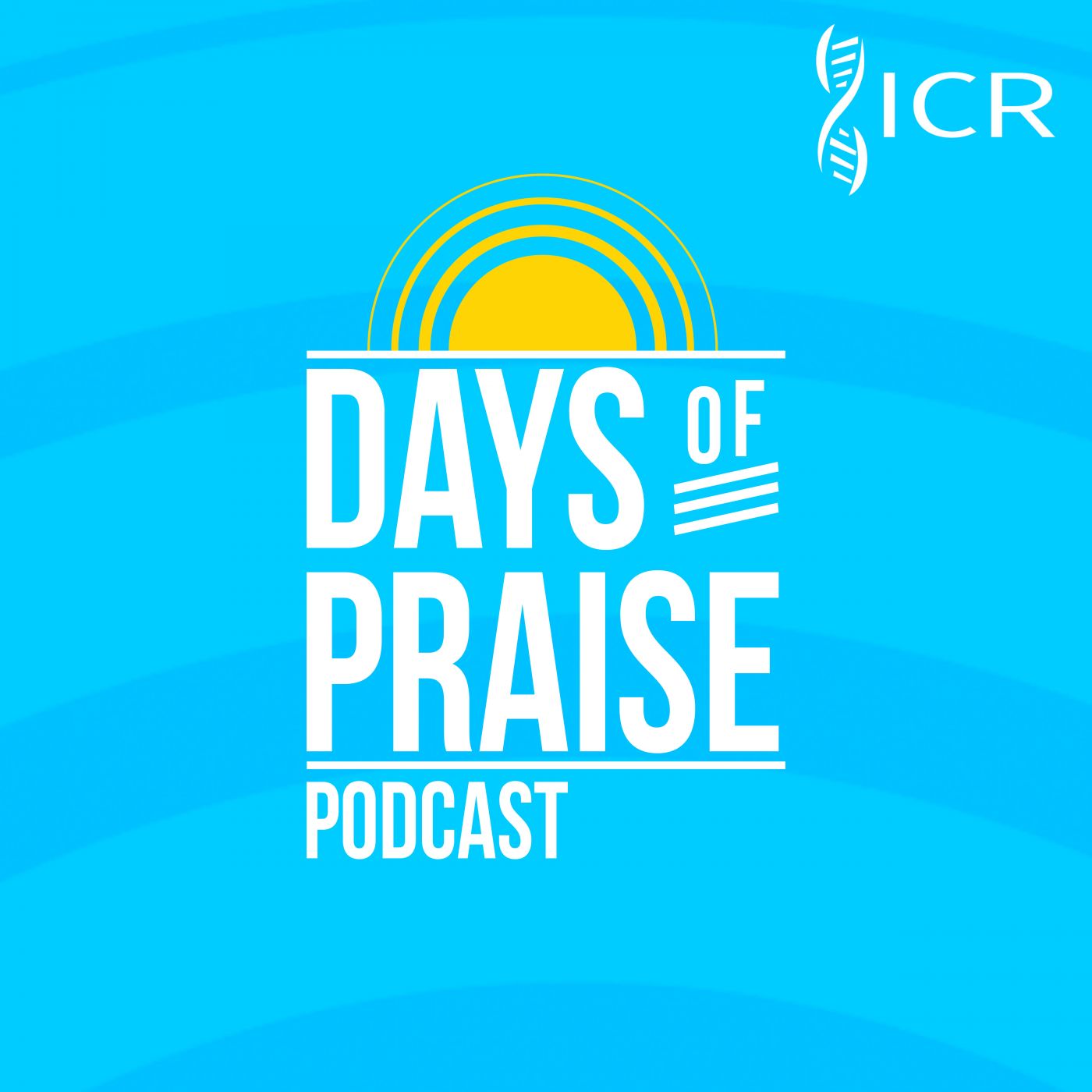“And God saw every thing that he had made, and, behold, it was very good.” (Genesis 1:31)
Six times during the creation week, God saw His handiwork and pronounced it “good” (Genesis 1:4, 10, 12, 18, 21, 25). Finally, when it was all finished, He surveyed all He had just completed and judged it all to be very good!
That is the way with God. And if He can make a flawless universe, we can be confident He knows what He is doing with us. “For we are his workmanship, created in Christ Jesus unto good works, which God hath before ordained that we should walk in them” (Ephesians 2:10). What God does must be, by definition, good! We can affirm, therefore, with confidence (even though it must often be by faith rather than sight) that “all things work together for good to them that love God, to them who are the called according to his purpose” (Romans 8:28).
There is, of course, an important scientific principle also established by this verse: whenever we see anything in the world that is not good (e.g., sin, suffering, death), we can know that such things constitute an intrusion into God’s perfect creation. They were not “created” as a part of the primeval creation, nor will God allow them to continue their intrusion forever. They all eventually must be eliminated when God makes His new earth. In the meantime, this principle tells us that the great sedimentary rocks of the earth’s crust, containing as they do the fossilized remains of billions of dead animals, plants, and people, must have all been formed sometime after the end of creation week. At least most of them must therefore have been formed at the time of the great Flood (Genesis 6–9) when “the world that then was, being overflowed with water, perished” (2 Peter 3:6).
Because of sin, the present world is groaning in pain (Romans 8:22), but the first world was all “very good.” HMM

Days of Praise Podcast is a podcast based on the Institute for Creation Research quarterly print devotional, Days of Praise. Start your day with devotional readings written by Dr. Henry Morris, Dr. Henry Morris III, Dr. John Morris, and others to strengthen and encourage you in your Christian faith.









